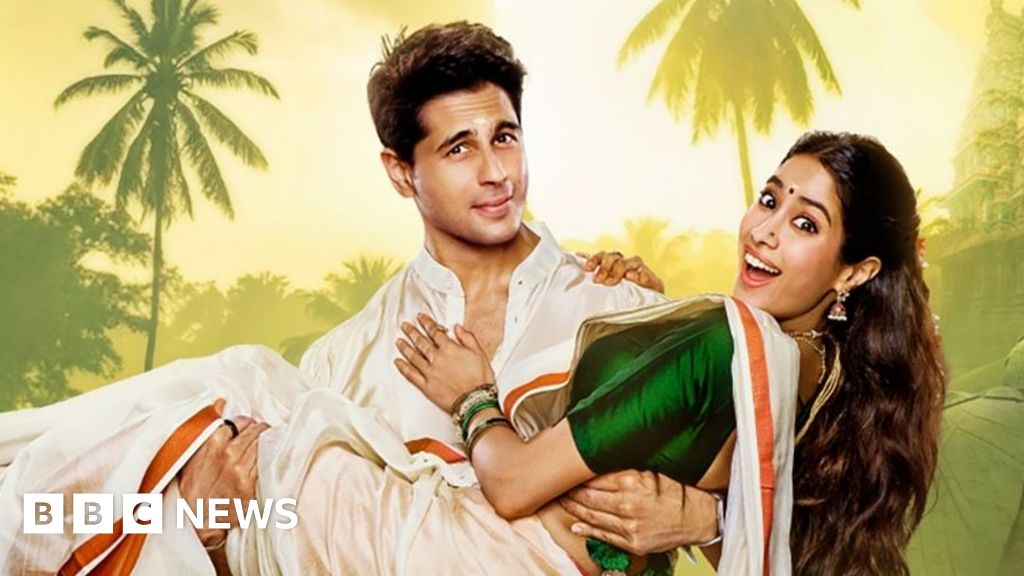Introduction to Bollywood’s Representation Problem
A new Bollywood film has sparked a conversation about how India’s largest film industry represents characters from non-Hindi language states. The film, Param Sundari, is a romantic comedy that tells the story of a woman from the southern state of Kerala and a man from Delhi in northern India. The movie has been criticized for its caricatured representation of Kerala, particularly the female lead, Sundari.
Criticism of Stereotypical Representation
Sundari, played by Janhvi Kapoor, is often seen wearing a series of jasmine flowers in her hair, can communicate with elephants, and has a hobby of climbing coconut trees – all stereotypical features that are often associated with Kerala. However, her Malayalam is poor, and she speaks Hindi even though she lives in Kerala. This has led to criticism that the film relies on tired clichés and stereotypes to represent the state and its people.
Comparison with Other Films
The film has been compared to another controversial film, The Kerala Story, which also faced criticism for its representation of Kerala and its people. In both films, the heroines speak Hindi and cannot speak fluent Malayalam, despite living in Kerala. This has led to accusations of casual racism and a lack of cultural sensitivity.
Cultural Unauthenticity
For many viewers, cultural unauthenticity is not a deal-breaker. Rajiv, a viewer from the state of Bihar, saw Param Sundari as a fun window into an unknown culture and said that the film’s representations may not be lifelike, but the pursuit of authenticity can be overrated. However, others have criticized the film for its half-hearted attempt to educate the audience about Kerala and its culture.
Changing Landscape of Indian Entertainment
The landscape of Indian entertainment has changed significantly in recent years. Non-Hindi films are now reaching a nationwide audience through streaming platforms like Netflix and Amazon Prime Video, and earning fans through dubbed versions. Big Bollywood films are no longer dominating the cinema prime time, and smaller, more niche films are gaining popularity.
Examples of Good Representation
Commentators point to strong examples of intercultural representation in Indian cinema, such as Godha (2017), which cleverly tells an intercultural romance of a Punjabi wrestler in Kerala, and Axone (2019), which deals with discrimination against people from northeastern India with wit. These films show that it is possible to represent different cultures and communities in a nuanced and sensitive way.
Power Dynamics and Representation
Writer and poet Aleena notes that the problem of stereotypical representation is not unique to Bollywood, and that Malayalam cinema also has its own set of stereotypes and clichés. She emphasizes the importance of involving real voices from the community in the storytelling process, and making them stakeholders in the art that is being created. This, she says, is the only way to avoid distorted and unbalanced representations of different cultures and communities.
Conclusion
Param Sundari’s attempt to represent Kerala and its people has been widely criticized, and the film has sparked a conversation about the need for more nuanced and sensitive representation in Indian cinema. As the landscape of Indian entertainment continues to evolve, it is likely that we will see more films that challenge stereotypes and clichés, and offer a more authentic and realistic representation of different cultures and communities.

